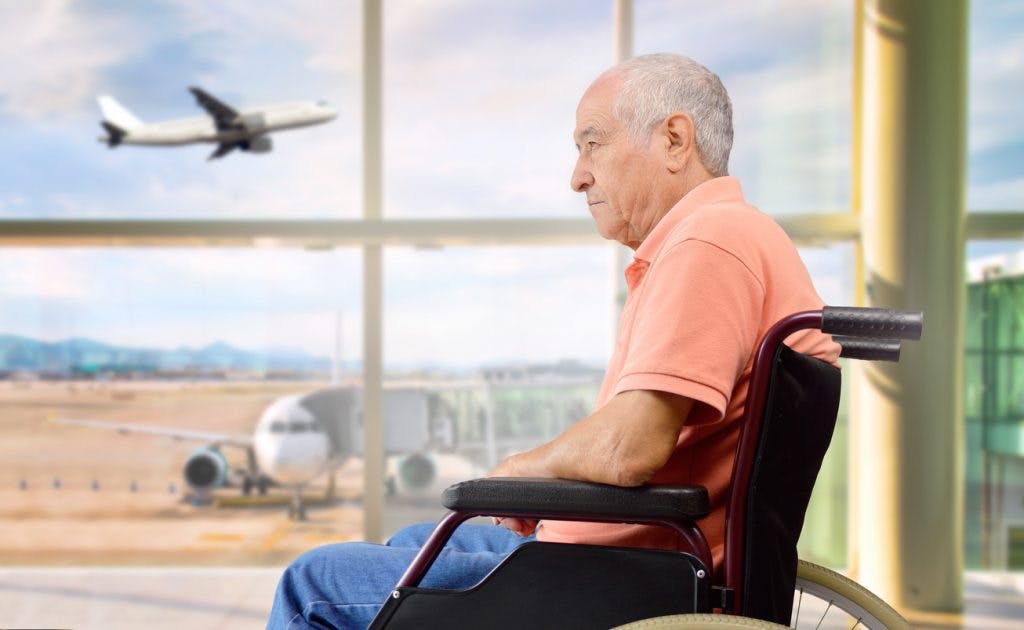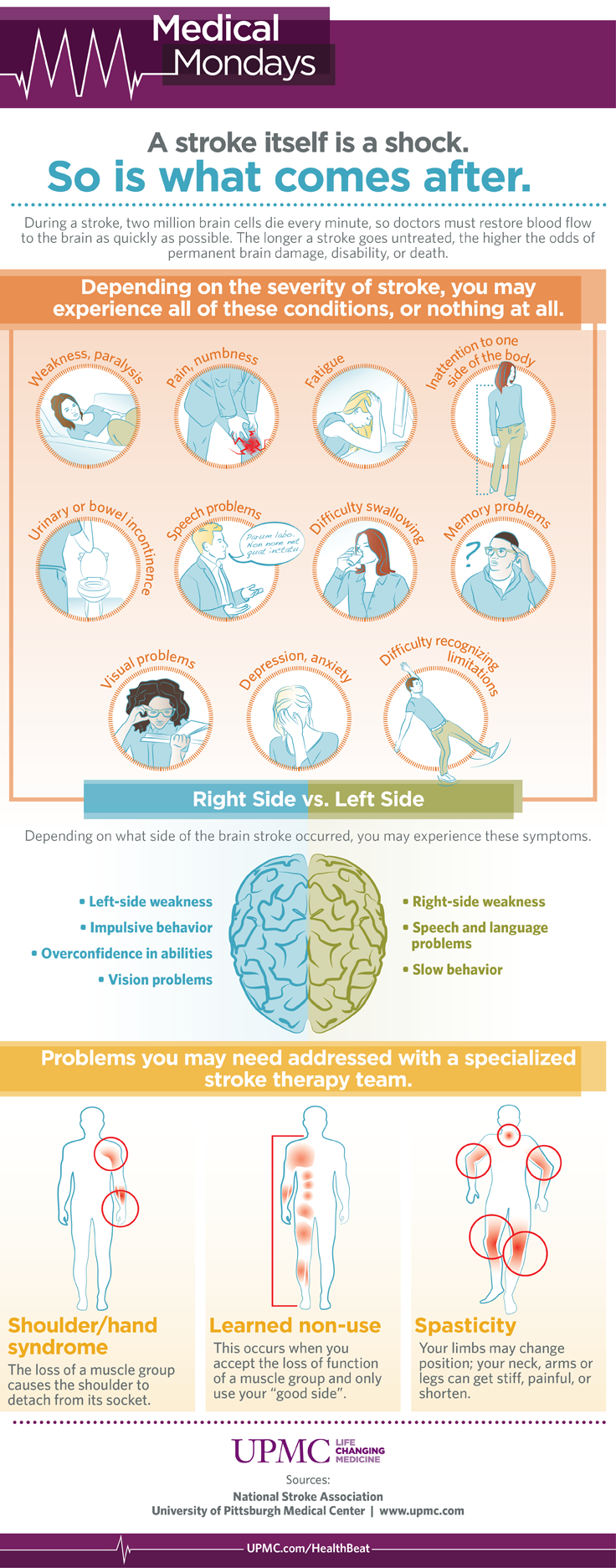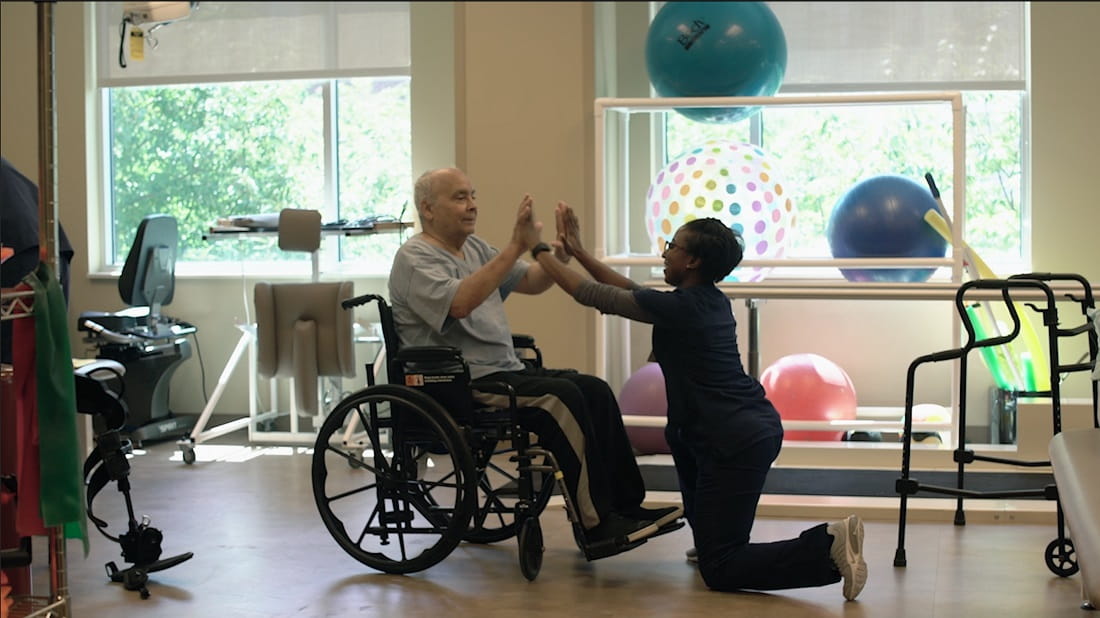:max_bytes(150000):strip_icc()/GettyImages-624390500-5964ee583df78cdc68c1dc51.jpg)
Learn If It's Safe to Fly on an Airplane After a Stroke
Save on the Widest Range of Cheap Flights at Flight Centre. Book With Peace of Mind. Search the Widest Range of Cheap Flights at Flight Centre & Book Online Today.

How to recognise and react to a stroke North Coast Courier
1. This form is to be used by passengers whom have a medical condition and intend to travel on a flight operated by Qantas Group of Airlines including its subsidiaries. 2. This form is to be completed by the treating medical practitioner ensuring the Travel Clearance Guidelines are referred to assist in making a determination if a passenger is.

Flying After A Stroke Different Strokes
Stroke Foundation respectfully acknowledges the Traditional Owners and Custodians of Country throughout Australia, whose sovereignty was never ceded, and acknowledges their continuing connection to land, water, sky and community. We pay our respect to the peoples, cultures, and Elders past, present and emerging, for they hold the memories.

Flying After Stroke How Long Until It's Safe to Fly? Flint Rehab
Stroke is the third most common cause of death in Australia and a leading cause of disability. About 55,000 Australians have strokes annually, 73% of these being first-ever strokes. Of 100 stroke patients: about 30 will die in the first year after their stroke, most (15-20) within the first 30 days.

Infographic Problems That Occur After a Stroke UPMC HealthBeat
sudden blurred or decreased vision in one or both eyes numbness, weakness or paralysis in the face, arm or leg difficulty speaking or understanding dizziness difficulty swallowing, and severe headache. Your doctor may describe your stroke as either a cardiovascular accident (CVA) or transient ischaemic attack (TIA: better known as a mini-stroke).

Life After Stroke Cochrane
The Stroke Association suggests it is best to wait at least two weeks to fly after stroke. This is because you are at the highest risk of experiencing a secondary stroke in the first 30 days after your initial stroke.

Stroke victim climbs 80 flights for charity
Can Flying Cause a Stroke? Data shows that urgent medical ailments of all forms are relatively uncommon on airline flights, and the incidence of a stroke during a commercial flight is especially low. An Australian group of medical researchers defined strokes related to air travel as any stroke occurring within 14 days of travel.

Tips Flying After Stroke CBC Health YouTube
What are the concerns about flying after a stroke? Oxygen: There are several potential risks associated with flying which may be more serious if you have had a TIA or a stroke. The air pressure inside the aeroplane is much lower than the atmosphere we breathe on the ground. This means that there is less oxygen carried in your bloodstream.

CARING FOR A PERSON LIVING WITH STROKE AT HOME HOW TO POSITION A
According to the American Heart Association, it's generally safe to fly after a stroke, but it's important to wait at least 10 days after the stroke before flying. This waiting period allows time for the body to heal and reduces the risk of complications during the flight.

Stroke Recovery How To Get The Best Progress AssiStep
Can I fly after a stroke? People often ask when it is safe to fly after a stroke. It is probably best to avoid flying for the first two weeks. This is the time when your problems are likely to be most severe and other conditions related to your stroke may come up.

A remarkable recovery from a severe stroke YouTube
We Compare 100s of Sites to Find the Cheapest Airlines Prices! Get the Best Deals on Flights!

Life After Stroke American Stroke Association
The main risk of flying after a stroke is developing blood clots, particularly Deep Vein Thrombosis (DVT). This can cause a Pulmonary Embolism (PE), which is when a clot breaks free and travels to the lungs. Blood clots can occur when the blood flow is slowed or stopped.

Life after stroke The discovery set to halt brain damage in its tracks
Air Travel After Stroke Can I Fly After Stroke? By Julia Schwarz The short answer is yes, but not right away. There are also certain elements of flying you need to think through before planning a trip. Below are some common questions about flying after stroke: When Will I Be Ready to Fly Again?

(PDF) Firstever Ischemic Stroke after a Flight in a Patient with Prior
Medical research shows a person can fly after a stroke, but they should consider the type of stroke they had, how long it's been since the stroke and whether they want medical travel assistance during the flight.

Positioning Guidelines After a Stroke Therapy Insights
In the weeks after a stroke you are at the highest risk of another stroke. So the most important thing is to get individual advice from your hospital or GP about the likely risks of travelling. In the UK, the Civil Aviation Authority suggests waiting 10 days after a stroke before a flight.

Recovery After Stroke Cerebrovascular Disease JAMA The JAMA Network
stroke - in general, flying is contraindicated for 7 to 10 days following a ischaemic stroke (2). Flying is contraindicated for 14 days following a haemorrhagic stroke (2). Oxygen may be required TIA - may be accepted as fit to fly if after 2 days and proper investigation (3)